If COVID-19 has taught us anything, it’s that making predictions in January is a bad idea. As such, you won't find any brash proclamations about the scientific world in 2021 here. Instead, here's our selection of the most interesting research to keep an eye out for in the year to come.
1
Viruses can save lives
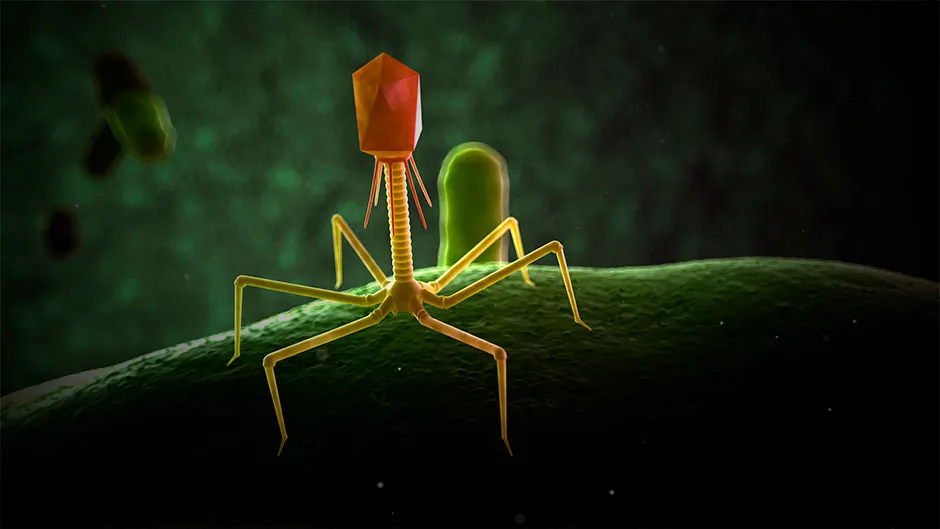
Superbugs, remember those? Before the pandemic came to dominate our airwaves, one of the biggest threats to our collective health was antibiotic resistance. This is the process by which infectious bacteria, like MRSA, slowly but surely, become immune to our strongest medicines. The phenomenon wreaks havoc in hospitals where superbugs thrive on patients with compromised immune systems.
Unfortunately, antibiotic resistance is a consequence of evolution and so, in a sense, it is inevitable (though the process is hastened by the over-reliance on antibiotics in agriculture). So, the race is on to find alternative treatment for bacterial infections. Enter the bacteriophage.
Wherever you find bacteria you’re likely to find viruses that that feed on them called bacteriophages (derived from Greek, meaning devourer of bacteria). These viruses latch on to bacterial cells, inject their DNA into their victim and transform the hostage into a virus factory.
The ultimate goal of phage therapy is to identify viruses that feed on superbugs and find a safe way to deliver them to a patient. It’s a century-old idea that went out of fashion when Alexander Fleming discovered penicillin, but as the efficacy of antibiotics waned, interest in phage therapy has swelled. In 2021, expect a number of ground-breaking studies to publish their results. This could be the beginning of the end of the superbug.
Here’s our in-depth primer on bacteriophages.
2
Tiny CubeSat swarms could be the future of space exploration

While there’s something to be said about seeing a giant starship take off, the next era of space exploration needn’t be big, brash and expensive. Around Europe there’s a wave of engineers and scientists aiming to miniaturise satellites so that hundreds can be sent into orbit and beyond with minimal cost and effort.
There’s power in numbers. For example, scientists have been looking at the idea of using a fleet of CubeSats to intercept asteroids approaching Earth. This way the physical and chemical composition of dozens of space rocks can be studied at once, because we don't want to miss a thing if we have to send Bruce Willis to blow one up. Similarly, thousands of the tiny spacecraft could be sent out to map the radiation that pervades space, showing future astronauts the spots to avoid if they don’t want superpowers (or more realistically death).
Here’s our in-depth primer on CubeSat swarms
3
Rewilding could temper the climate crisis
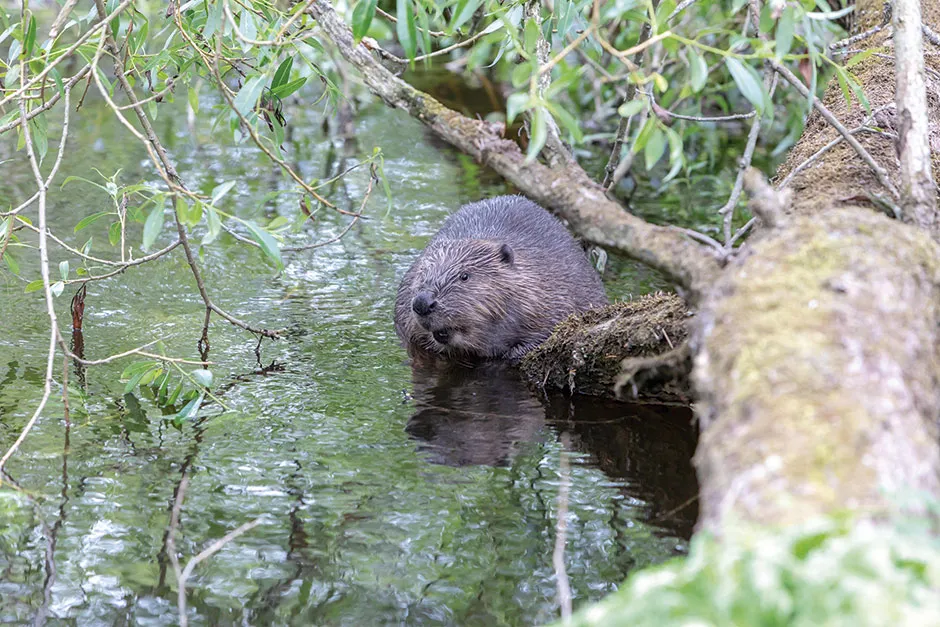
2021 could be a big year for the rewilding movement. As the UK untethers itself from the EU, it will rewrite its policies around agriculture and land use. In particular, the government will have to decide how it distributes the £3bn a year spent on agricultural subsidies. A range of leading scientists are calling for some of these funds to be set aside to help willing farmers return unproductive lands to nature.
The argument is clear. Mass extinction and the climate crisis could be mitigated by the careful restoration of wild spaces, creating ecosystems that lock up carbon in the process. And as a bonus, these wildernesses could provide something of a safe haven for our beleaguered pollinators.
There’s been a number of successful rewilding initiatives in the UK already. Last year, pine martens were reintroduced to Wales and beavers re-established themselves on the River Otter after a 400-year absence. However it’s not an issue without controversy. Critics argue the money would be better spent protecting what wild spaces we have left and, of course, farmers are concerned that their way of life and indeed their livelihood could be under threat.
Here’s our in-depth primer on rewilding
4
We’re going to see ancient history anew, thanks to shotgun paleoprotemics
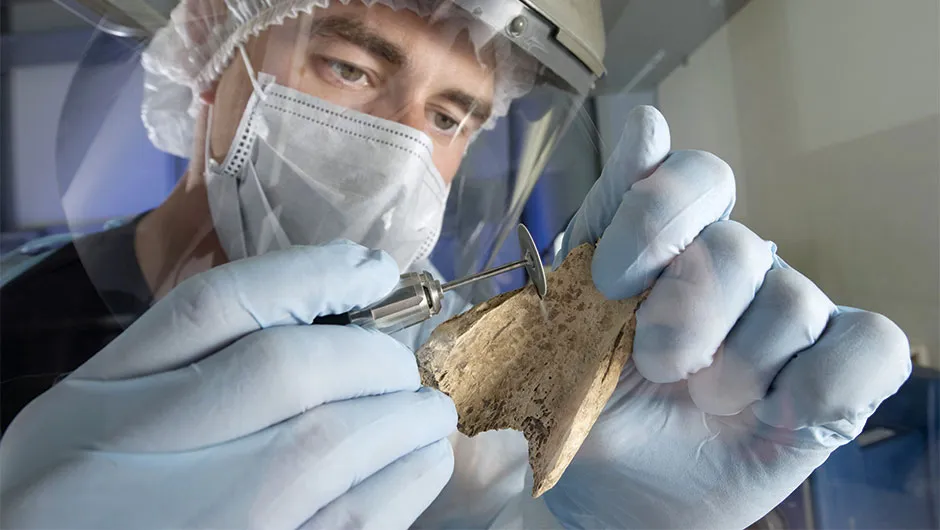
Okay, it’s a mouthful, but the field of paleoproteomics is producing a torrent of discoveries that is hard to ignore. Don’t believe us? Just take a peek at #paleoproteomics on Twitter. It’s fascinating, we promise.
Paleoproteomics is essentially a new lens through which we can see the past. It’s the study of ancient proteins, which are more abundant and tend to hang around longer in ancient fossils than DNA. In other words, proteins provide a stronger, clearer signal from further back in our history than we’ve ever seen before.
Thus far the technique has already provided insight into samples that are 3.4 million years old, whereas the oldest DNA fragment studied to date is 800,000 years old. This relatively new field is revealing more about the human origin story every day and there’s likely to be even more exciting breakthroughs from this field to pore over in 2021.
Here’s our in-depth primer on paleoproteomics
5
Cloning is going mainstream
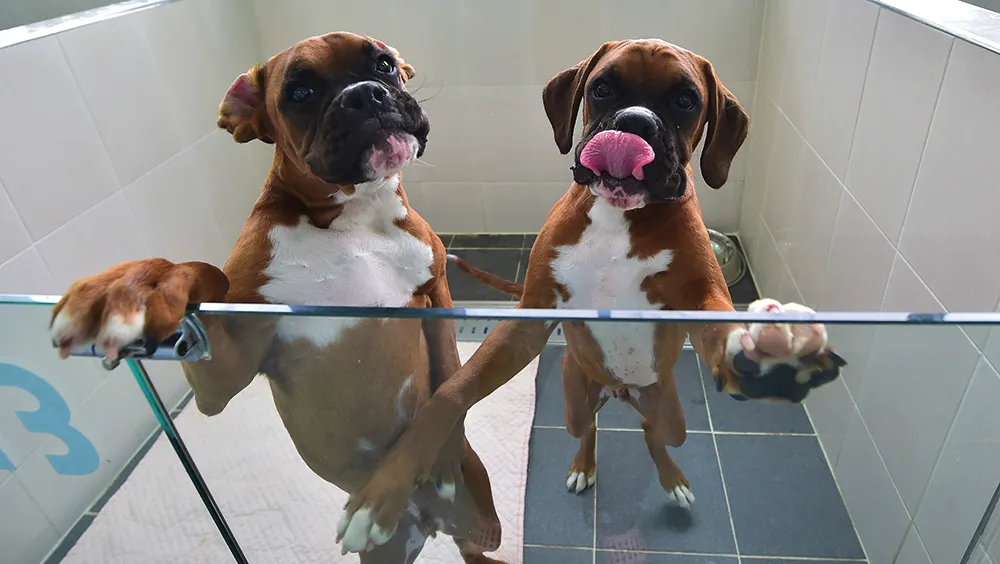
When Dolly the sheep, the first animal clone, was born 25 years ago it was moment engulfed in controversy that consumed the news agenda for weeks. Today the cloning of animals seems to have become fairly unremarkable.
Take for example, the fact that you can now clone your pet for a hefty sum (though we wouldn’t advise it). Barbra Streisand was one of the first to give it a go, cloning her beloved Coton de Turear Samantha, not once, but twice. The tech is also in use in breeding better working dogs, like drug-detection dogs, where the clones out-perform traditionally bred animals in training.
While there’s clearly still ethical considerations to consider, cloning is here to stay and could return to the spotlight in 2021 as scientists attempt to clone critically endangered species and even bring back animals lost to extinction.
Here’s our in-depth primer on cloning
6
Playing in virtual worlds is a new frontier in mental health treatment
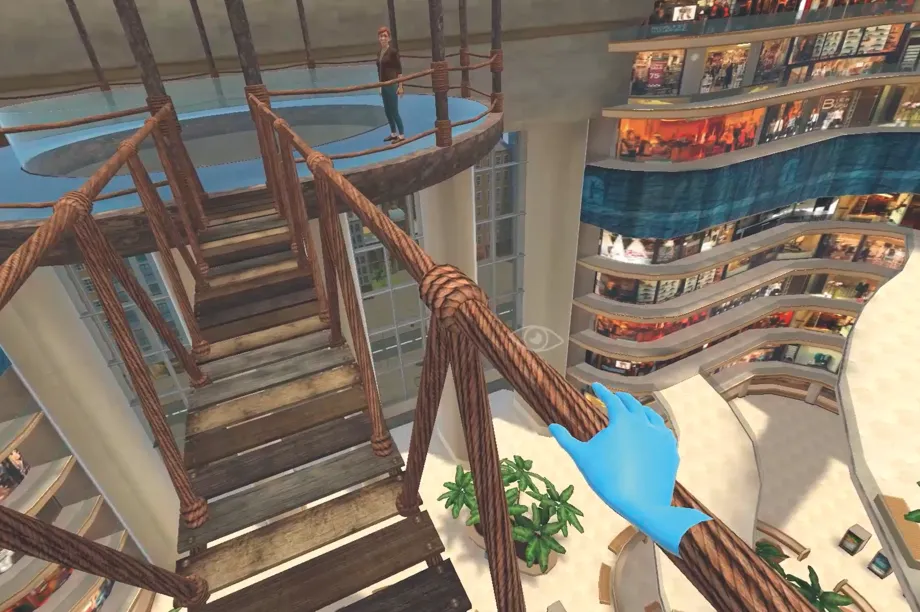
Although virtual reality tech is at the point where it can be convincingly realistic and totally immersive, it hasn’t become mainstream yet. Despite this, those two qualities have meant that it has attracted the attention of psychologists who can see the benefit of a virtual space where patients and clinicians can work together to explore thought and behaviour without consequence.
The most salient example of how VR can be useful is perhaps in the treatment of phobias or anxiety disorders. If a patient has a fear of heights that they want to overcome, exposure to this fear via a virtual scenario that feels real could help extinguish that phobia over time. It’s a much safer (and easier) bet than taking a patient to the top of a building, where any number of outcomes could actually end up reinforcing that patient’s fears. The potential for virtual reality aided therapy reaches far beyond phobias however and as the tech is now relatively inexpensive, it’s bound to spread throughout the psychology world in the year to come.
Here’s our in-depth primer on virtual reality therapy
7
Cracks are appearing in our best models of the Universe
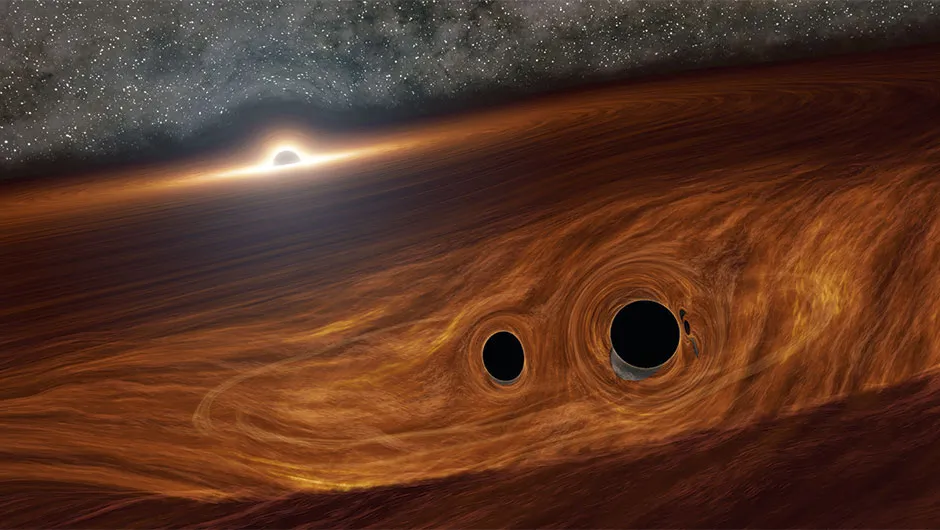
For the most part, our understanding of the laws that govern the Universe is profound. Our model of the Universe means we can use GPS to follow any object on the planet, study worlds light-years away and look back to the birth of the cosmos with phenomenal accuracy and clarity. But in some cases, our ability to predict how the Universe behaves is faltering.
It’s mind-blowing stuff, perhaps best left in the hands of radio astronomer Marcus Chown, who explains here why our understanding of the Universe doesn’t add up. But in the year ahead, we’re looking forward to seeing how work using gravitational waves to probe the Universe may provide answers, or at the very least patch up our current models.
Here’s our in-depth primer on cosmology’s cracks

